The Special Forces Operational Detachment Alpha (ODA, A-Team, SFOD-A) is the operational element of the U.S. Army Special Forces. Unlike the rest of the army, it is designed to conduct operations entirely independently, which has a tactical and strategic operations hierarchy—Operational Detachment Alpha in the Green Berets.
Introduction
The ODA has a redundancy of skills in all key areas. Both Officers go to the same Officer’s Course, and the Team Sergeant and O/I Sergeant attend the same school. The Warrant Officer has the same basic functions as the Team Leader; only the Technician is a prior-service SF Sergeant who worked as a Team Sergeant or O/I Sergeant, plus two other duty positions (weapons, demo, common, or medical). Thus the Technician should have an enormous amount of S.F. experience built up sitting in an officer’s duty position. Team Sergeants generally have 6 to 10 years of S.F. experience, O/I sergeant usually has 3 to 6 years.
The remaining personnel varies from entry-level experience to 10+ years.
Special Forces Group Organizational Chart
A-Team is taken from Special Forces Operational Detachment Alpha, or SFOD-A, usually shortened to ODA, and then to A-Team. Its higher command is a B-Team, Operational Detachment Bravo, or ODB. This is the equivalent of a company. There are five A-teams per B-team. Above that is the C-Team, Operational Detachment Charlie, or ODC. This is the equivalent of a battalion. There are three B-teams, thus fifteen A-teams, in each Special Forces Battalion. Then there are three S.F. Battalions in a Special Forces Group. Got it? Right.
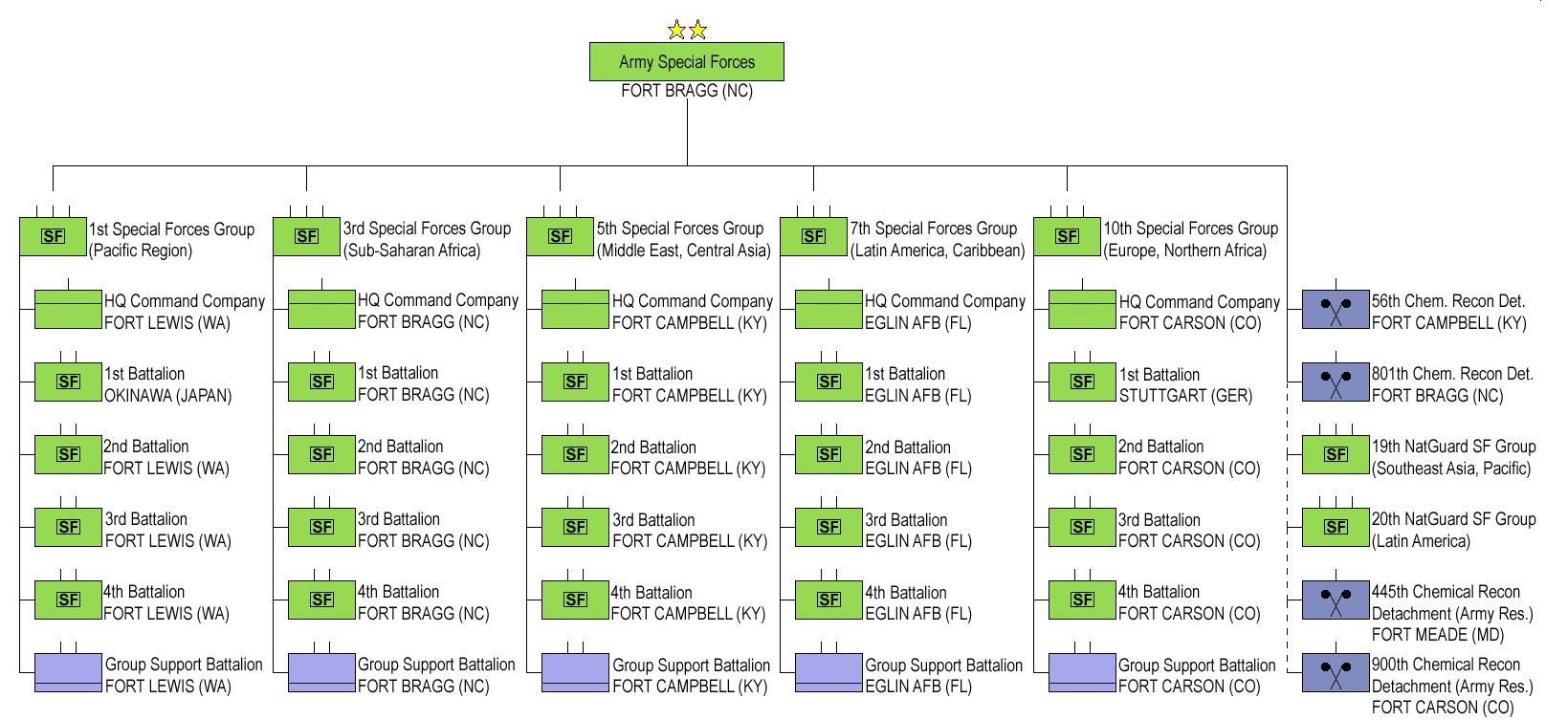
Operational Detachment Alpha (ODA) structure
An Operational Detachment Alpha (ODA) is a Green Beret tactical team (in laymen’s terms). Also called an “A-Team,” it consists of two weapons sergeants(18B), two comms sergeants (18E), two medics (18D), two engineers (18C) (demo experts), one intel specialist (18F), one operations sergeant(18Z), a warrant officer (180A), and a team leader (a captain, 18A).
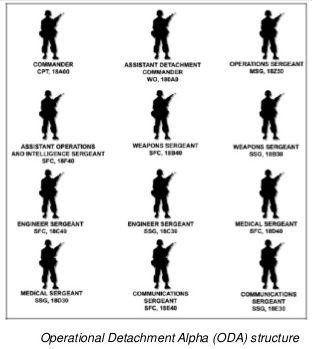
An ODA consists of twelve men as follows:
- Team Leader, Captain (O-3); Commander
- Team Technician, Warrant Officer (W-1 to W-3); Second in Command
- Team Sergeant, Master Sergeant (E-8), NCO in Charge of the Team
- Operations/Intelligence Sergeant, (E-7), Assistant NCO in Charge of the Team
- Two Weapons Sergeants (E-5 to E-7)
- Two Engineer Sergeants (E-5 to E-7)
- Two Medical Sergeants (E-5 to E-7)
- Two Communications Sergeants (E-5 to E-7)
Team Leader
A captain who exercises command of the detachment can command/advise an indigenous combat force up to battalion level. Note that this aligns with Special Forces’ primary mission of being a force multiplier. A battalion of fifteen A-Team can recruit, organize, train, and field fifteen battalions of indigenous troops.
Team Sergeant
He is officially known as the Operations Sergeant and the senior enlisted member of the detachment. He advises the team leader on operations and training matters. He provides tactical and technical guidance and professional support to detachment members. He prepares the operations and training portions of area studies, brief backs, and OPLANs, all of which we will discuss later. He can recruit, organize, train, and supervise indigenous forces up to battalion size.
Executive Officer
They are officially known as the detachment technician. Serves as second in command and ensures that the detachment commander’s decisions and concepts are implemented. He prepares the administrative and logistical portions of area studies, brief backs, and plans. A warrant officer fills this position. When I joined Special Forces, this was filled by a First Lieutenant, but it changed shortly afterward. I was one of the last of the First Lieutenants in Special Forces.
The Assistant Operations and Intelligence Sergeant
Plans, coordinates, directs the detachment’s intelligence collections, analysis, production, and dissemination. He also assists the Operations Sergeant and replaces him when needed.
Two Weapons Sergeants
Employ conventional and Unconventional Warfare (U.W.) tactics as tactical mission leaders. They train detachment members and indigenous personnel to use small arms, light crew-served weapons, and anti-air and anti-armor weapons. They recruit, organize, train, and advise or command indigenous combat forces up to company size.
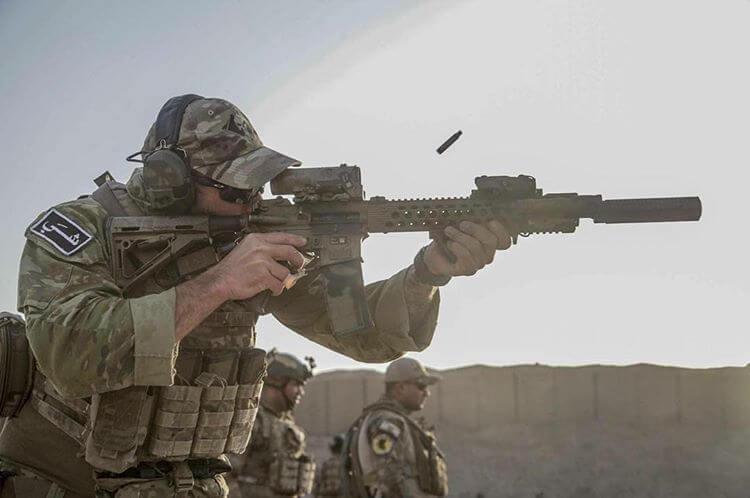
The Weapons Sergeants are trained to expertly to use every weapon available to a Light Infantry Battalion. This includes rifles, pistols, sub-machineguns, mortars, heavy mortars, air defense missiles, anti-tank weapons, sniper systems, grenade launchers, and machine guns. They train on the U.S. and the most popular foreign weapons globally. They also act as advisors for weapons employment to the Team or foreign units.
Two Engineer Sergeants
Supervise, lead, plan, perform, and instructs combat engineering and light construction engineering. They construct and employ improvised munitions. They plan and perform sabotage operations. They recruit, organize, train, and advise or command indigenous combat forces up to company size.
The Engineer Sergeants are a “triple threat” duty position. They are the experts for the construction of Theater of Operation buildings, bunkers, fortified positions, obstacles, and obstacle crossing. They are also responsible for the destruction of most everything built in the world; to that end they receive demolition training ranging from passive sabotage to explosive removal of objects.
They also know how to ‘improvise’ demolition devices where none exist. S.F. Engineers receive training in every major industrial system that could be a military target: bridges, airfields, electrical plants, ports, communications centers, refineries, etc. Their third major responsibility is the ODA’s logistics. They act as the supply guys and logistics advisor to the Team Leader and any attached allies.
Two Medical Sergeants
Provide emergency, routine, and long-term medical care for detachment members and associated allied or indigenous personnel. They establish medical facilities to support detachment operations. They recruit, organize, train, and advise or command indigenous combat forces up to company size.
Medical Sergeants are Special Force’s answer to finding Medical Doctors for A-Teams. Their training is the longest and most academically strenuous in S.F. Their primary focus is emergency medicine (to include minor surgery), preventive health care, and disease diagnosis and control. All S.F. medics will be responsible for opening up an area to normal U.S. relations at some time in their career when all other attempts failed.
S.F. Medics can establish clinics and triage centers anywhere in the world under conditions that the Red Cross won’t touch. Foreigners view Americans in a different light when a couple of guys in funny green hats come and start fixing boo-boos in their village; all of a sudden, they have real proof that U.S. soldiers are not the Great Satan their leaders refer to. To get people to work for you, you need to capture their “hearts and minds”; S.F. Medics doing their job get the best results and the best loyalty.
Two Communications Sergeants
Install, operate, and maintain F.M., AM, H.F., VHF, UHF, and SHF radio communications in voice, C.W., and burst radio nets. They recruit, organize, train, and advise or command indigenous combat forces up to company size.

Communications Sergeants are probably the most valuable members of the Team. Everyone else can be replaced by simply making a call back to the main base. No commo, no call. Communications links to the outside world are tenuous at best; it’s their responsibility to make sure the link stays ‘up’ when needed and where needed. It’s a point of pride among communicators that they can maintain contact at least 97% of the time, under any conditions, over any distance.
Conclusion
They also receive training and advise the Team on electronic warfare, guarding against and using it to find targets—some talk about expanding their responsibility and training on Information Systems (P.C.s and networks).
The Army Special Forces Operational Detachment Alpha (A-team) is designed to be even more of a force multiplier when operating in split team mode. Each specialty is on the two six-man teams.
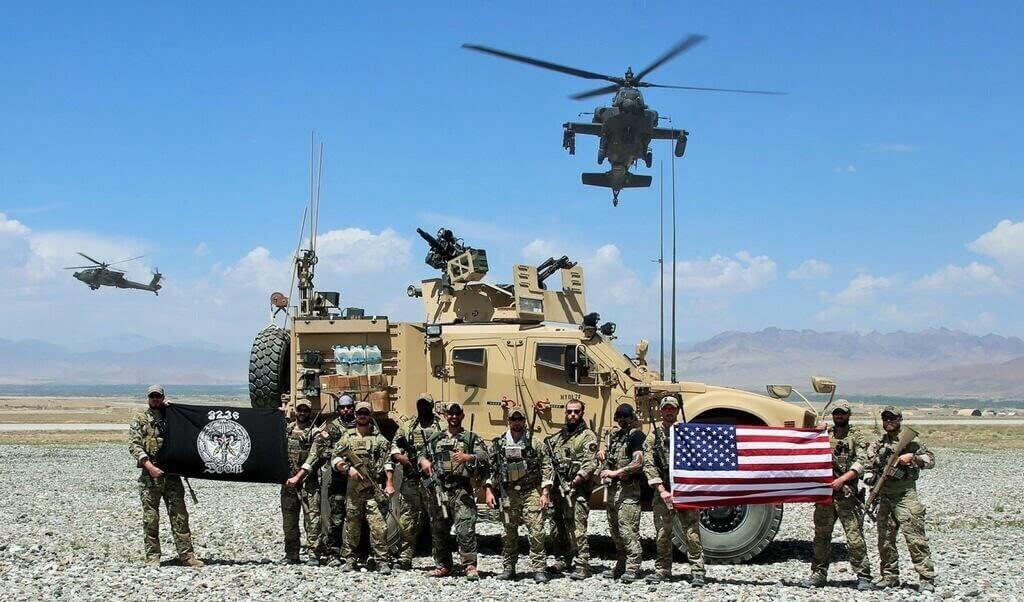
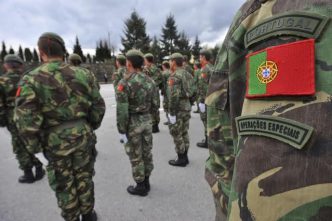
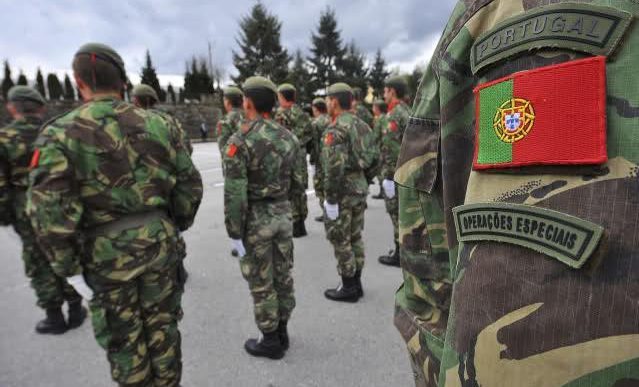
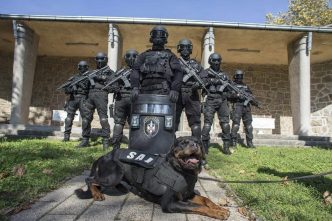
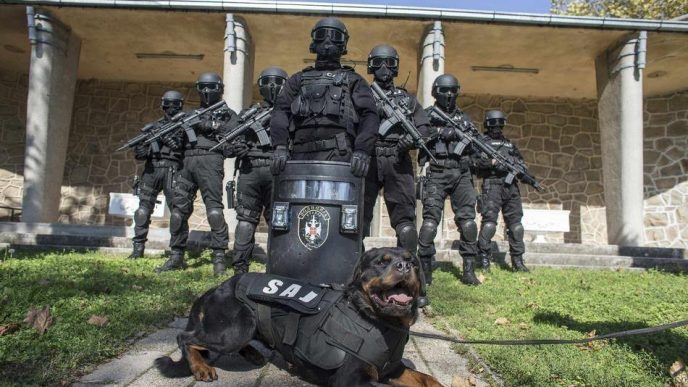
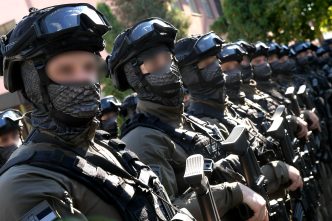
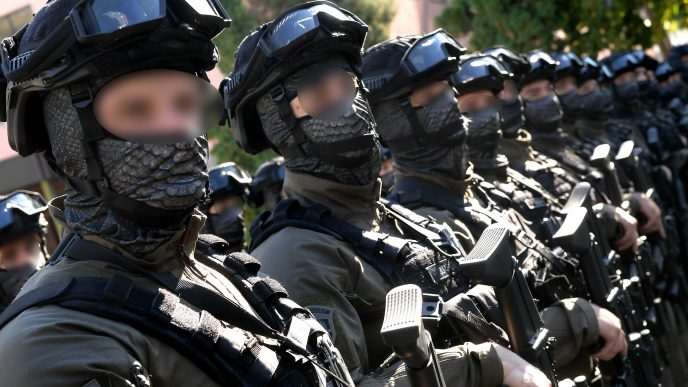
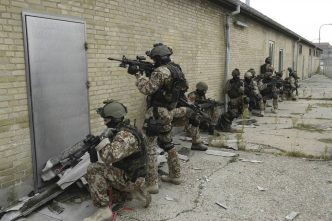
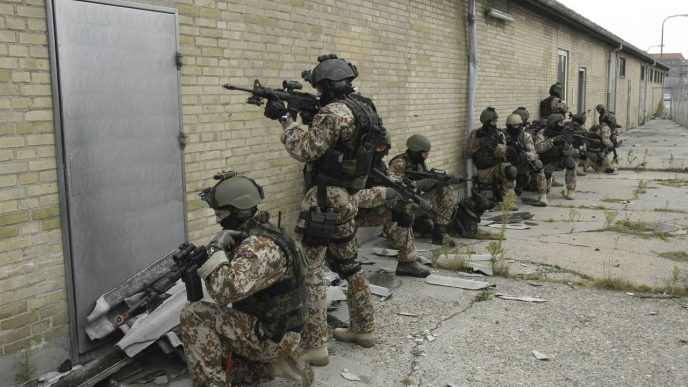
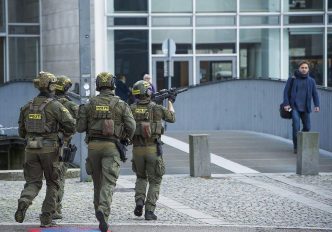
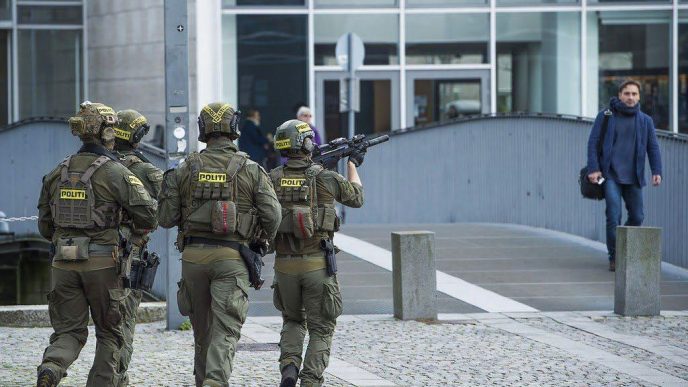
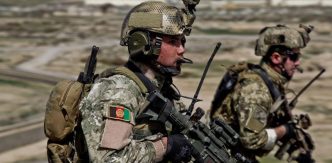
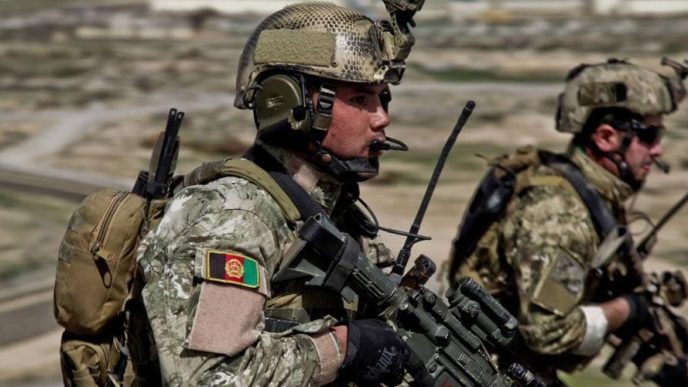
i need email of ALPHA 3321 SECURITY COMPANAY
I was guard in ALPHA company in afghanistan now im under threat i wana have email to join in SIV
Does this unit work with UN camps?(Syria). If so do US Civilian doctors work under contract at these camps?
I honestly wish that I wasn’t well past the age of induction into the US military and a convicted felon as well because I have always wanted to serve as a SF operator in either the Army or Marines. My father was a Ranger in Vietnam and I have the utmost respect for all service members and their families.
7th ODA 725 com check
Hi. I just want to know if this is correct?
In syria.
U.S. Special Forces Operational Detachment -Alpha team. Company B. 82nd Airborne Division.
Information Management Technologist by discipline. combat team lead on special missions. Sergeant E7 first class.
I don’t want to be a victim of military romance.
I really appreciate your clarifications on this.
Thank you.
This is way out of date. The 18F is no longer a senior NCO and Warrants can be former SSGs with only 1 MOS. The new 18F school was done really well but the skill sets were given to new SF recruit in the pipeline. WOs arent called techs anymore and they gave them cross arrows.
The education for the B, C, and Z has not increased, post team assignment.
I have been told by a person at USSSOC and another at SOCOM that they will soon allow CA and PsyOps officer to take over as ODA commanders. I hope they are both wrong but since CA and PSYOPs officers have taken over USASOC I believe this is possible not matter how dangerous.
I agree that CA & PSYOP officers taking command of ODAs would turn what Wild Bill Donovan started into a misguided cluster f#ck.
They don’t have the periphery mind set to do the job and stay above the fray. They would be drawn into rabbit holes that they are prone to pursue. It’s a bad fit and a worse concept.